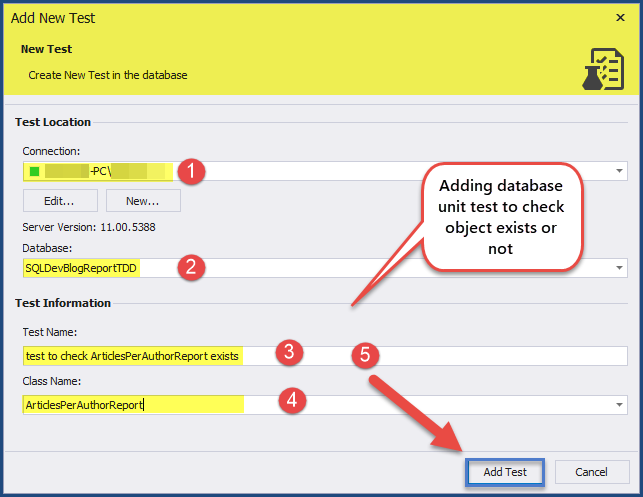Moreover, we can create different pivot tables based on the same raw data by using the crosstab function. Try building a pivot table that shows the max temperature for each city and month based on the raw data in the table below. The sql parameter is a SQL statement that produces the source set of data. This statement must return one row_name column, one category column, and one value column.

N is an obsolete parameter, ignored if supplied (formerly this had to match the number of output value columns, but now that is determined by the calling query). The performance with pivot statements much better that group by clause. You can count the department count with count and group by statement but the question is to transpose it.
We need to write PL SQL statement to transpose the values. So the much better way is to use pivot statement. PostgreSQL , Redshift or. Ask Question Asked years, months ago. FROM - Using PIVOT and UNPIVOT.
APPLIES TO: SQL Server Azure SQL Database Azure SQL Data Warehouse Parallel Data Warehouse You can use the PIVOT and UNPIVOT relational operators to change a table-valued expression into another table. PIVOT rotates a table-valued expression by turning the unique values from one column in the expression into. This lesson is part of a full-length tutorial in using SQL for Data Analysis.
Check out the beginning. In case of large datasets you may pre-aggregate the data with materialized. Pivoting rows to columns.
Often in bioinformatics I receive a dataset that is entirely non-relational. The “tablefunc” module provides the CROSSTAB() which uses for displaying data from rows to columns. For instance, every row is a gene, every column is a biological sample, and the cell values are the expression levels of each gene measured by microarray.
The pivot operator is particularly useful in writing cross-tabulation queries. In this puzzle, we’re going to learn how to create a dynamic pivot table using SQL Server. I want to have a pivot like function in which i should have variable number of columns. A dynamic pivot table is a great way to summarize data.
And given that Business Intelligence is a hot topic, knowing how to create one is key. All gists Back to GitHub. Sign in Instantly share code, notes, and snippets. How to Convert Rows to Columns and Back Again with SQL (Aka PIVOT and UNPIVOT) Chris Saxon. As mentioned earlier, the PIVOT operator converts table rows into columns.
For example, if you have a table that looks like this: and pivot it by the third column, the result will be as follows: In the original table, we had two unique values for the Course columns – English and History. CROSSTABVIEW feature for psql which is basically used to apply PIVOT on your data. A pivot table enables you to change the makeup of a relational table and summarizes it.
What we’d like, as SQL users, is a dynamic pivot, that is, a polymorphic query that would automatically have row values transposed into columns without the need to edit the SQL statement. But generally speaking, an SQL query can’t have dynamic columns, or at least not in the way that a dynamic pivot would need them. You can visually build the import query or use any SQL supported by the driver. But as we know that SQL Server is a robust enterprise database, it facilitates the power of dynamic SQL which can generate and execute T- SQL commands dynamically, this technique can be used to generate and execute dynamic PIVOT query. We can execute the dynamic PIVOT query with the help of EXECUTE or SP_ExecuteSQL command.
We use pivot queries when we need to transform data from row-level to columnar data. Really, what you are talking about is a data _presentation_ problem, and not a data _storage_ problem. The reason to normalise is that it gets you the most flexible data store.
If you have denormalised data, you find yourself tripping over the poor separation of the conceptual pieces. When I test connection, it says connection succeeded). In order to have your list of column headers match the source SQL , I would recommend going back to the extract() function I first recommended to extract the day of month as an integer, and then generate a number series for your category headers.
It would look like this: SELECT pivot. The data still looks normalised with repeating names and colours in the result tables. Let’s pivot it using … wait for it … the PIVOT clause (available in Oracle and SQL Server). The PIVOT clause is a bit funky. It can be appended to any table expression (including derived tables) to pivot it.

Это учебное пособие Oracle объясняет, как использовать Oracle оператор PIVOT с синтаксисом и примерами. Oracle PIVOT позволяет написать перекрестный запрос таблицы, начал использоваться в Oracle 11g.
Hiç yorum yok:
Yorum Gönder
Not: Yalnızca bu blogun üyesi yorum gönderebilir.